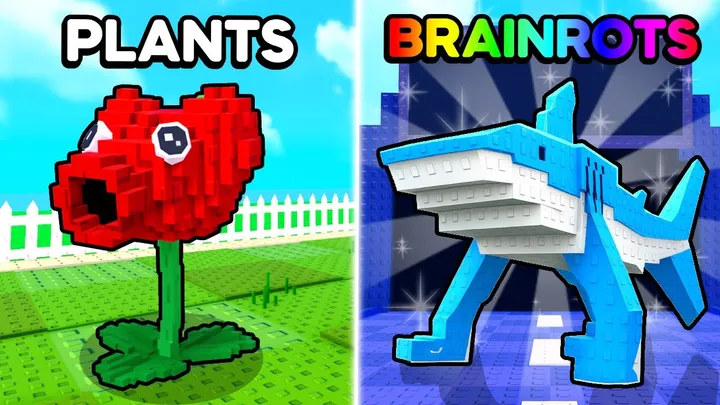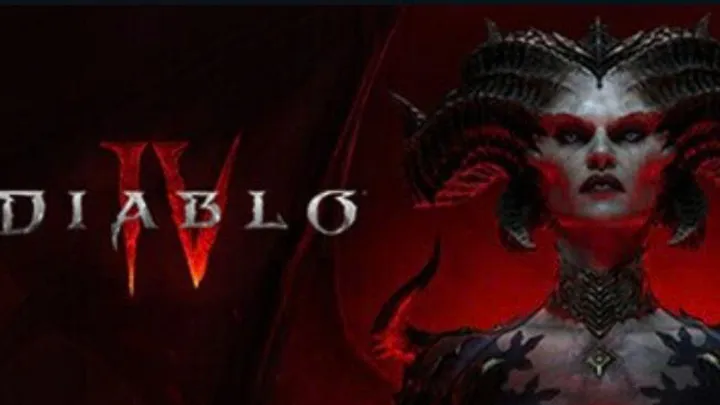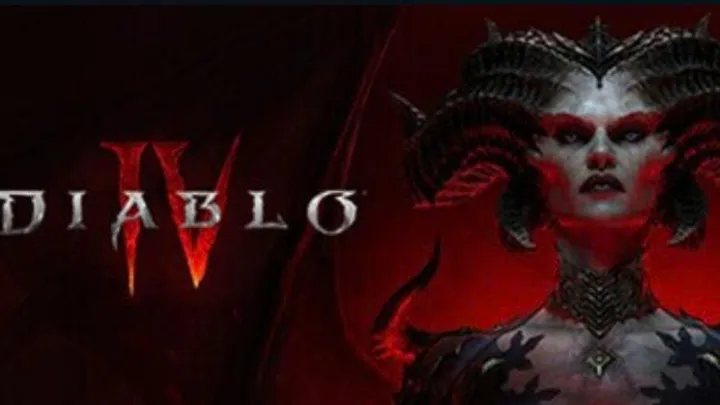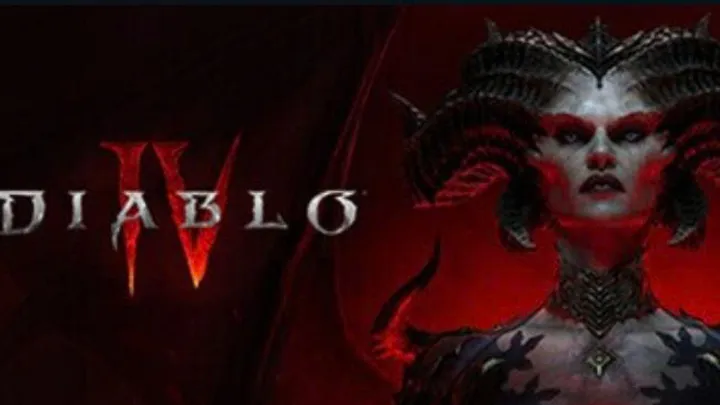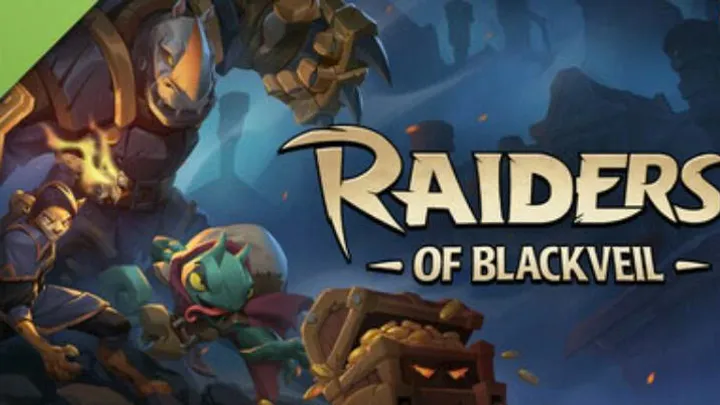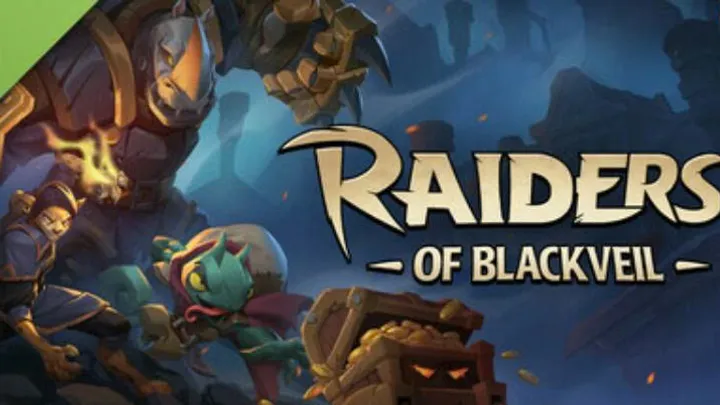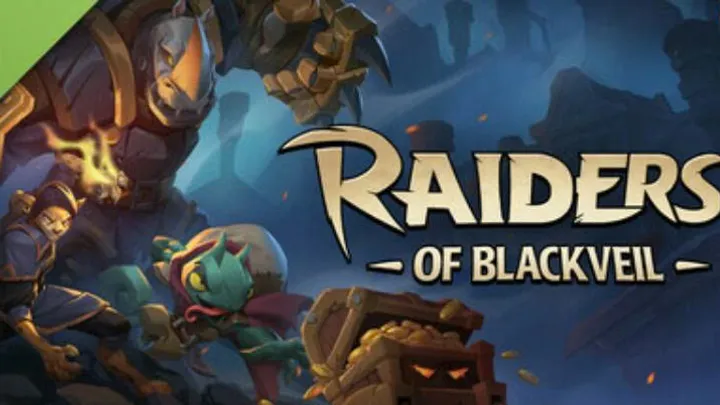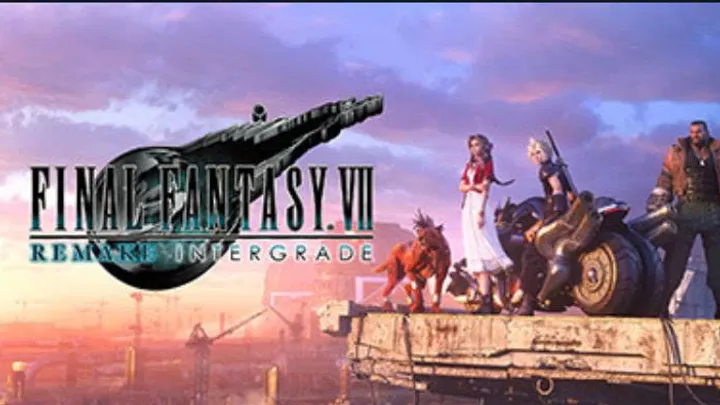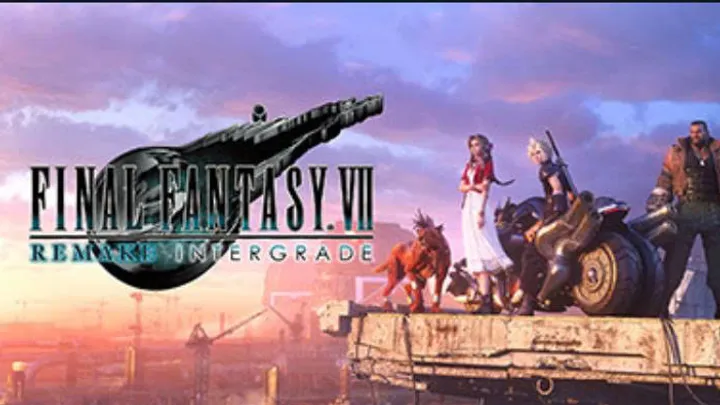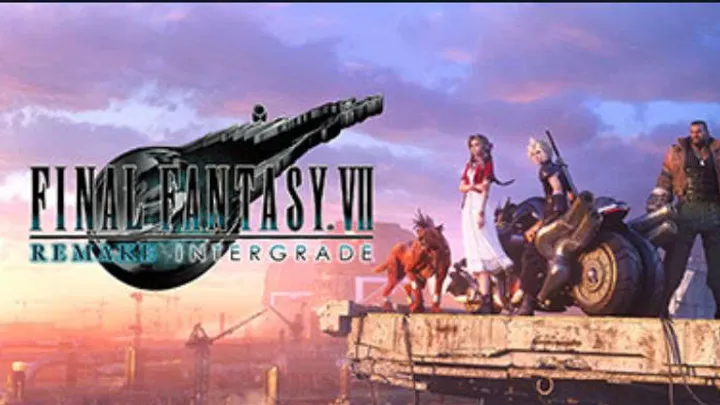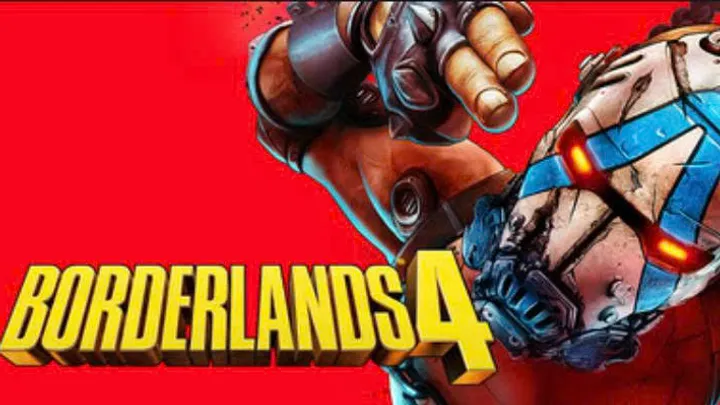Borderlands 4 marks a significant evolution in Gearbox Software's acclaimed looter-shooter series. Released in September 2025 for PlayStation 5, Xbox Series X/S, and PC, the game introduces players to the vibrant planet of Kairos. Despite its ambitious scope and engaging gameplay, the launch has been marred by technical issues and performance concerns. This article delves deeply into the challenges faced by Borderlands 4, examining its performance issues, gameplay mechanics, and the community’s response.
The Promise of Kairos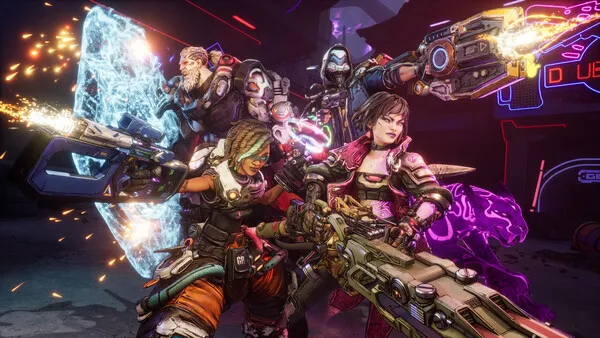
Borderlands 4 transports players to Kairos, a new planet teeming with hostile forces and hidden treasures. The narrative centers on a resistance movement led by four new Vault Hunters: Rafa the Exo-Soldier, Harlowe the Gravitar, Amon the Forgeknight, and Vex the Siren. They aim to overthrow the Timekeeper, a tyrannical ruler controlling the planet’s synthetic inhabitants. This premise offers a fresh storyline and expansive universe for players to explore.
The world of Kairos is highly detailed, featuring dynamic weather, destructible environments, and a wide range of enemy factions. These additions aim to create a living, breathing world where players’ actions feel impactful, emphasizing exploration and strategic combat.
Technical Challenges at Launch
Despite the promising premise, Borderlands 4 launched with multiple technical issues. Players reported frame rate drops, crashes, and long loading times across platforms. Performance issues were particularly notable on the Nintendo Switch 2 version, delaying its release indefinitely. Gearbox released an initial patch aimed at improving stability, fixing crashes, and reducing FPS drops. However, many players found these fixes incomplete, leaving performance issues as a primary concern.
The technical instability affected multiplayer as well, with frequent disconnects disrupting co-op sessions. Since cooperative play is a cornerstone of the Borderlands series, these issues hindered the overall experience, especially for endgame content where teamwork is essential.
The Field of View Controversy
One highly requested feature was the addition of a Field of View (FOV) slider. The default narrow FOV on consoles caused discomfort for some players, particularly in fast-paced combat. The update introducing the slider allowed users to adjust their viewing experience, enhancing immersion and comfort.
However, Gearbox warned that increasing the FOV could lead to performance degradation, including frame rate drops and graphical stuttering. This created a dilemma for players: enjoy a broader view of the battlefield or risk performance issues during critical combat scenarios.
The Switch 2 Delay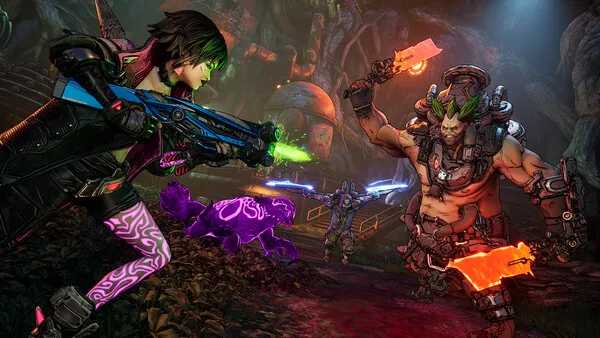
The Nintendo Switch 2 version, initially scheduled for October 2025, was delayed indefinitely. Gearbox cited the need for additional development and polish to ensure a playable experience. All digital pre-orders were canceled, creating disappointment among fans who were eager to play on a portable console.
The delay highlighted performance disparities between platforms and emphasized the challenges of optimizing a graphically intensive looter-shooter for diverse hardware. The decision, although frustrating for players, underscored Gearbox’s commitment to delivering a stable final product.
The “Total Existence Failure” Bug
A critical bug emerged in Borderlands 4 that allowed players to deal extreme damage to endgame bosses without proper gear or optimized builds. This exploit involved a bugged interaction between the Torgue Sticky Magazine weapon attachment and its underbarrel taser mode.
When players switched to the taser after firing sticky rounds, each round dealt 300,000 damage, up from 5,000–10,000. This bypassed intended difficulty mechanics and threatened to destabilize endgame progression. While Gearbox had yet to confirm a patch at launch, the bug raised serious questions about testing and QA processes for high-impact gameplay features.
Community Response and Developer Communication
The Borderlands 4 community expressed mixed reactions. Many praised the rich world, character design, and engaging gameplay, while others were frustrated by bugs, performance issues, and delays.
Gearbox maintained open communication, issuing patches and acknowledging player concerns. However, some players called for more frequent updates and transparency, particularly regarding timelines for major fixes and Switch 2 release plans.
Gameplay Mechanics and Innovation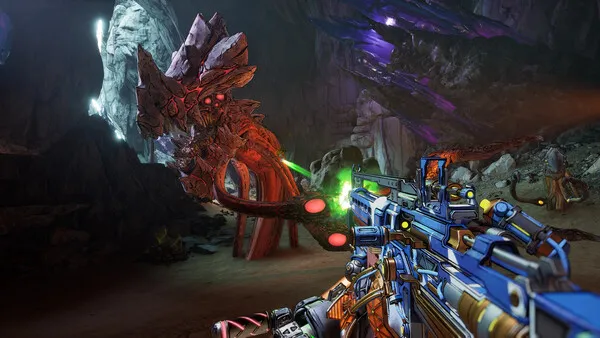
Borderlands 4 introduces new mechanics intended to evolve the franchise, including dynamic skill trees, enhanced combat interactions, and environmental hazards that affect tactical decisions. These systems were praised for adding depth but were sometimes overshadowed by technical issues that interfered with smooth execution.
Combat mechanics such as multi-layered enemy AI and destructible terrain encourage strategic thinking but also increase the load on the game engine, contributing to occasional frame drops during large-scale battles.
Monetization and Progression Systems
The game’s monetization strategy emphasizes cosmetic items, seasonal passes, and limited-time events. While this approach avoids pay-to-win pitfalls, some players criticized progression pacing, noting that unlocking top-tier weapons requires significant grind unless microtransactions are used.
The balance between rewarding gameplay and monetization is delicate, and Borderlands 4 illustrates how player perception can impact satisfaction even when purchases are cosmetic-only.
The Future of Borderlands 4
Gearbox has committed to post-launch content, including new story missions, events, and updates addressing technical shortcomings. Cross-save functionality is planned to allow players to continue progress across platforms, an essential feature for modern gaming ecosystems.
The long-term success of Borderlands 4 will hinge on the studio’s ability to stabilize the game, engage the community effectively, and deliver meaningful post-launch content.
Conclusion
Borderlands 4 introduces a rich new world, memorable characters, and innovative gameplay, but its launch was marred by technical and performance issues. Bugs like the “Total Existence Failure” exploit, FOV performance dilemmas, and platform-specific delays have challenged players’ experiences. Gearbox’s proactive communication and ongoing patches indicate a commitment to improvement, offering hope that Borderlands 4 can fulfill its potential as a premier looter-shooter.
